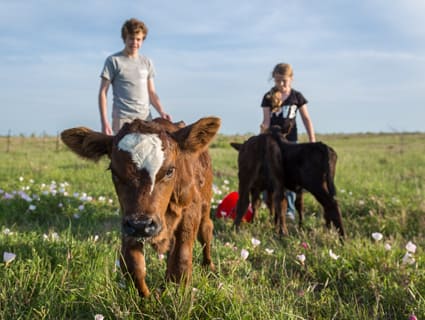The art and science of making a plant-based burger
Read Time: 4 minutes
July 19, 2023
A mouth-watering patty sizzling on a hot grill. It’s a familiar scene for burger lovers and grill enthusiasts alike.
More and more these days, those burger patties might just be made out of plants.
Plant-based burgers are among the plant-based meat alternative products that are rising in popularity among consumers. In fact, these products are helping drive what the Food and Agriculture Organization of the United Nations predicts will be a $160 billion alternative protein market by 2030.
But what, exactly, is a plant-based burger? What’s in it? And can it really mimic traditional meat?
That’s where Lasika Senaratne comes in. As a principal food scientist for plant-based research and development at Cargill, Lasika works at our innovation center in Wichita, Kansas (U.S.), to bring the art and science of plant-based protein together.
 Cargill food scientist Lasika Senaratne helps develop meat alternatives like plant-based burgers.
Cargill food scientist Lasika Senaratne helps develop meat alternatives like plant-based burgers.
Lasika is part of a broader global team at Cargill that works every day to provide our customers with diverse protein choices — from beef to plant-based burgers. In fact, our goal is to become the world’s leading provider of protein in all forms.
“Consumers have always wanted more choices, not less,” says Florian Schattenmann, who leads Cargill research and development and innovation. “Cargill is out front on innovation — exploring all protein forms: animal-based, plant-based, fermentation-derived, cultivated and hybrids."
Follow along as Lasika shares the craft of creating a plant-based burger — from selecting the right protein source to taking the first bite.
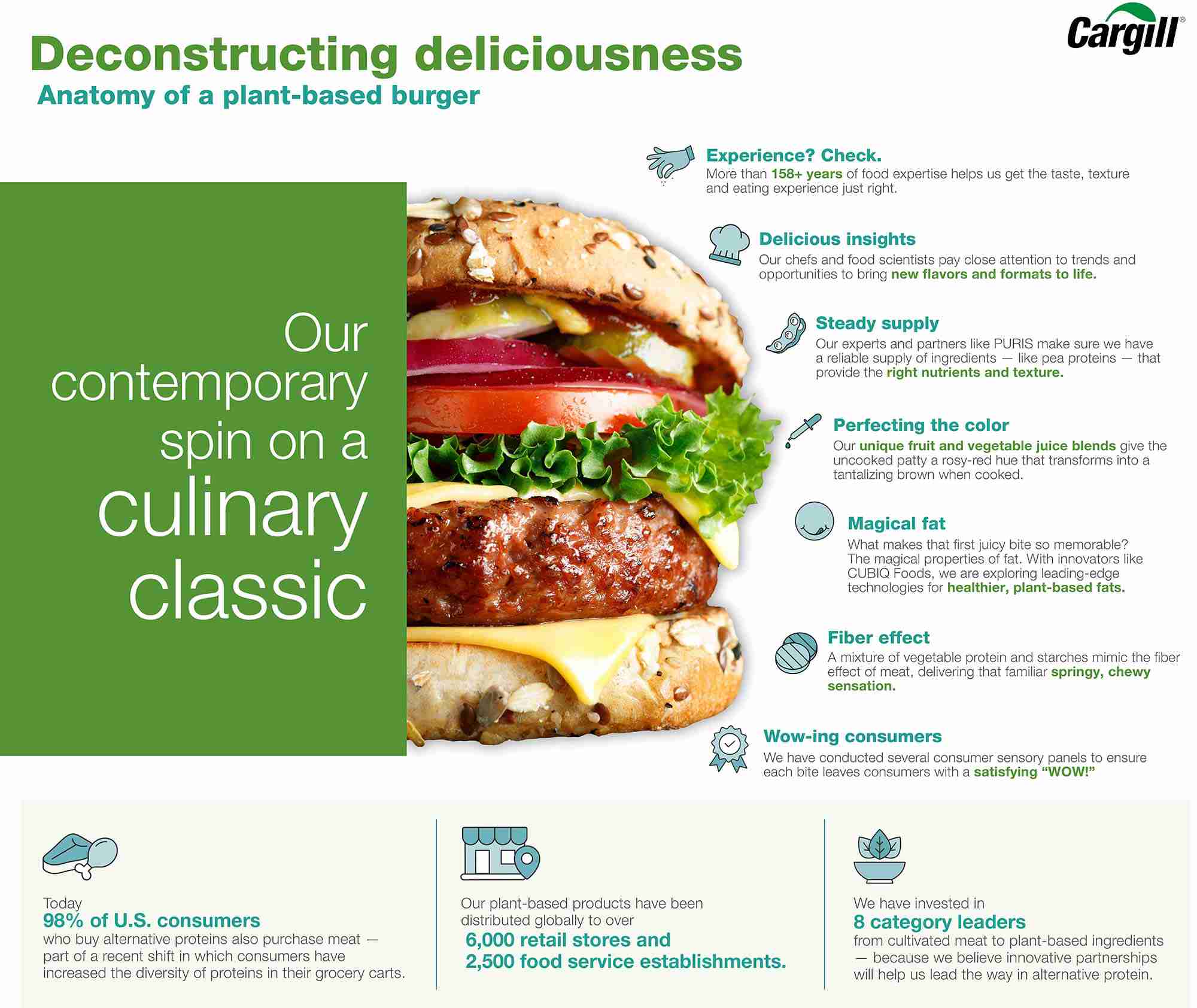 The anatomy of a plant-based burger.
The anatomy of a plant-based burger.
Choosing the right plant-based protein
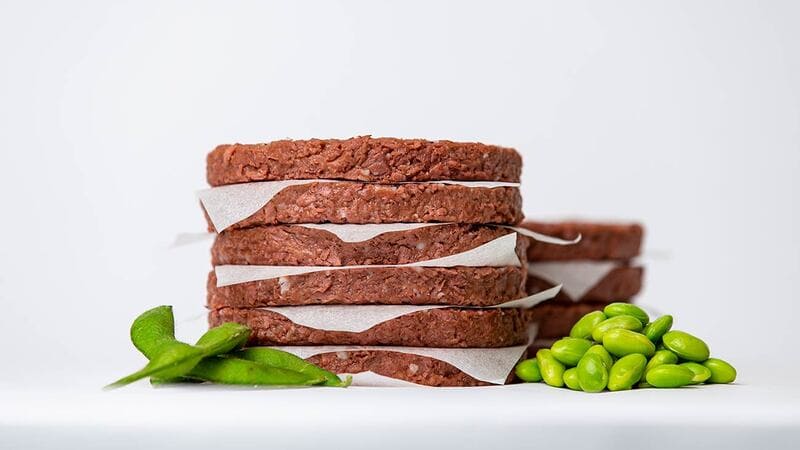 Pea protein is a key ingredient in Cargill’s plant-based burgers.
Pea protein is a key ingredient in Cargill’s plant-based burgers.
Replicating nutrients found in meat—like amino acids—requires a high-quality, plant-based protein. We formulate with a variety of proteins, including soy flours, vital wheat gluten and PURIS pea protein, which is made from peas sourced through direct grower relationships and a vertically integrated supply chain.
The proteins are carefully chosen for their texture, nutritional value and ability to mimic meat when cooked. “Then they are hydrated with colors and flavors to form the base of the burger,” says Lasika.
The flavor in a plant-based patty
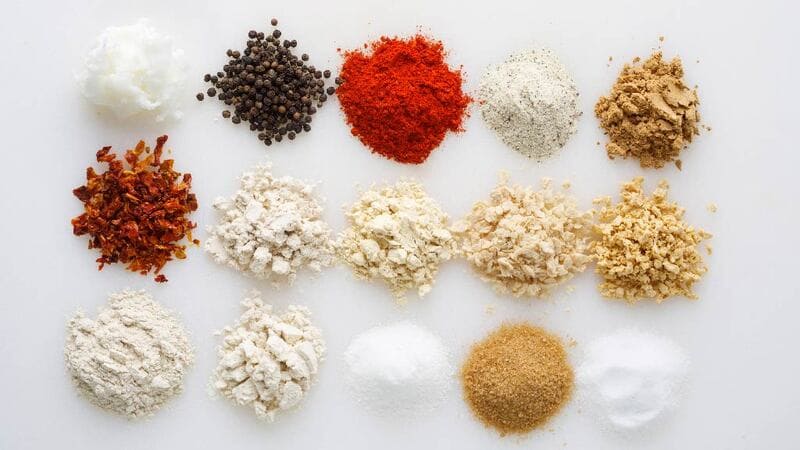 One of the greatest challenges in producing plant-based meat alternatives is recreating the unique flavor of meat. Quality ingredients make a big difference.
One of the greatest challenges in producing plant-based meat alternatives is recreating the unique flavor of meat. Quality ingredients make a big difference.
One of the great challenges in producing plant-based meat alternatives is recreating the unique flavor of meat, Lasika explains. To achieve this, scientists use a blend of flavors derived from plants and spices. “To optimize the flavor and perfect the taste, we do extensive sensory and taste tests, working closely with our customers to satisfy their requests,” adds Lasika. “This burger has to have a similar taste profile to animal protein.”
Crafting the appearance
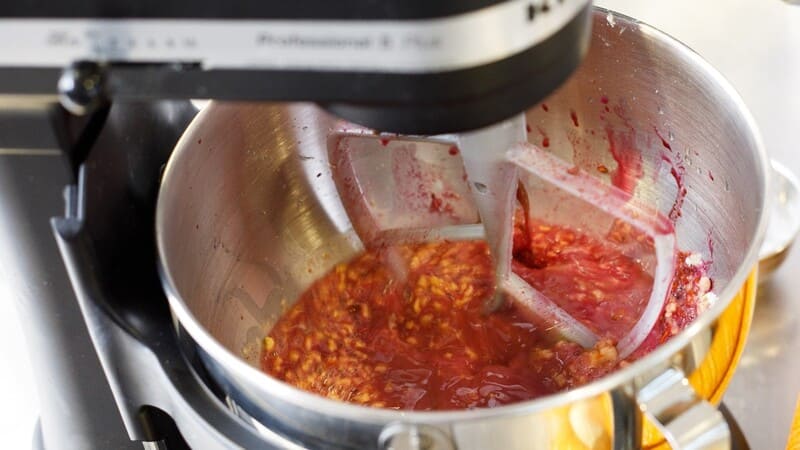 Cargill uses a unique fruit juice blend to mimic the color change that occurs when a traditional burger cooks.
Cargill uses a unique fruit juice blend to mimic the color change that occurs when a traditional burger cooks.
To mimic the color change that occurs when a traditional burger cooks, Cargill uses a unique vegetable and fruit juice blend. It gives the uncooked patty a rosy-red hue that transforms into a tantalizing brown when cooked. “We use coconut fat so you can see some ‘fat particles’ within that red area,” Lasika shares. “It gives an appearance similar to ground meat or patties.”
The right texture for a plant-based patty
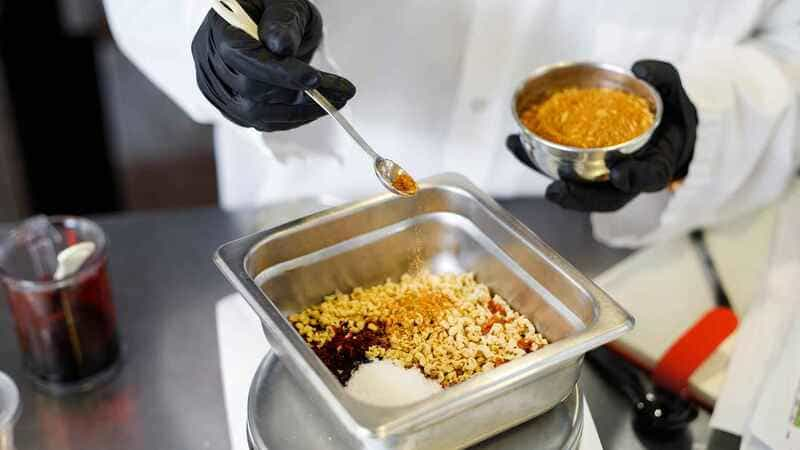 Our food scientist gets the measurements just right for the plant-based burger.
Our food scientist gets the measurements just right for the plant-based burger.
The right texture and juiciness are important, and this is where Cargill brings its expertise and toolbox of ingredients together. Cargill uses a unique processing technique to combine vegetable fats with plant-based fiber and proteins, texturizers, hydrocolloids (plant-based thickening agents) and salt. “This is a challenge because consumers want to have similar eating experiences to the ones they have eating traditional burgers,” Lasika says.
Cooking a plant-based burger to your liking
 Cargill’s plant-based burgers can be grilled, as well as pan-fried or broiled.
Cargill’s plant-based burgers can be grilled, as well as pan-fried or broiled.
Cargill’s plant-based burgers can be grilled, pan-fried or broiled. During cooking, they undergo the Maillard reaction (i.e., browning), releasing aromas similar to those of traditional meat. As the heat works its magic, the burger browns, the fats render and sizzle, and the exterior develops a satisfying crust, Lasika says. “Our plant-based burger needs to be grillable just like a beefburger.”
The final result
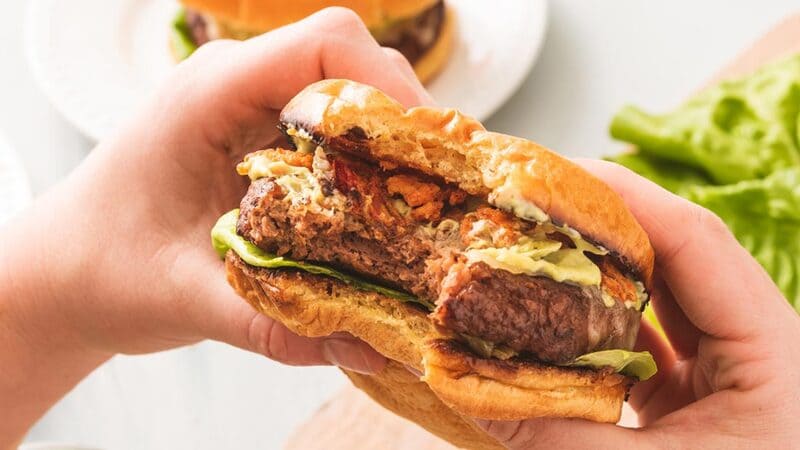 A plant-based burger is a tasty option for burger lovers.
A plant-based burger is a tasty option for burger lovers.
Just like a beefburger, the plant-based version is designed to be layered with your choice of fresh toppings and condiments on a toasted bun. And this is the moment all that art and science come together.
Serve, eat and enjoy.
More stories
Cargill partners with CUBIQ FOODS to bring healthy, sustainable fats to plant-based food
CUBIQ’s novel fats — including Go!Drop® — are now part of Cargill’s plant-based offerings for customers
From flexitarians to seafood lovers: 5 things to know about protein in 2023
Consumer demand for protein has risen the last five years. However, the role protein plays in our diet is evolving.
Sustainable beef: Bringing farmers, ranchers and customers together to fight climate change
Cargill’s BeefUp Sustainability initiative aims to cut beef emissions from our North American beef supply chain by 30% by 2030.



